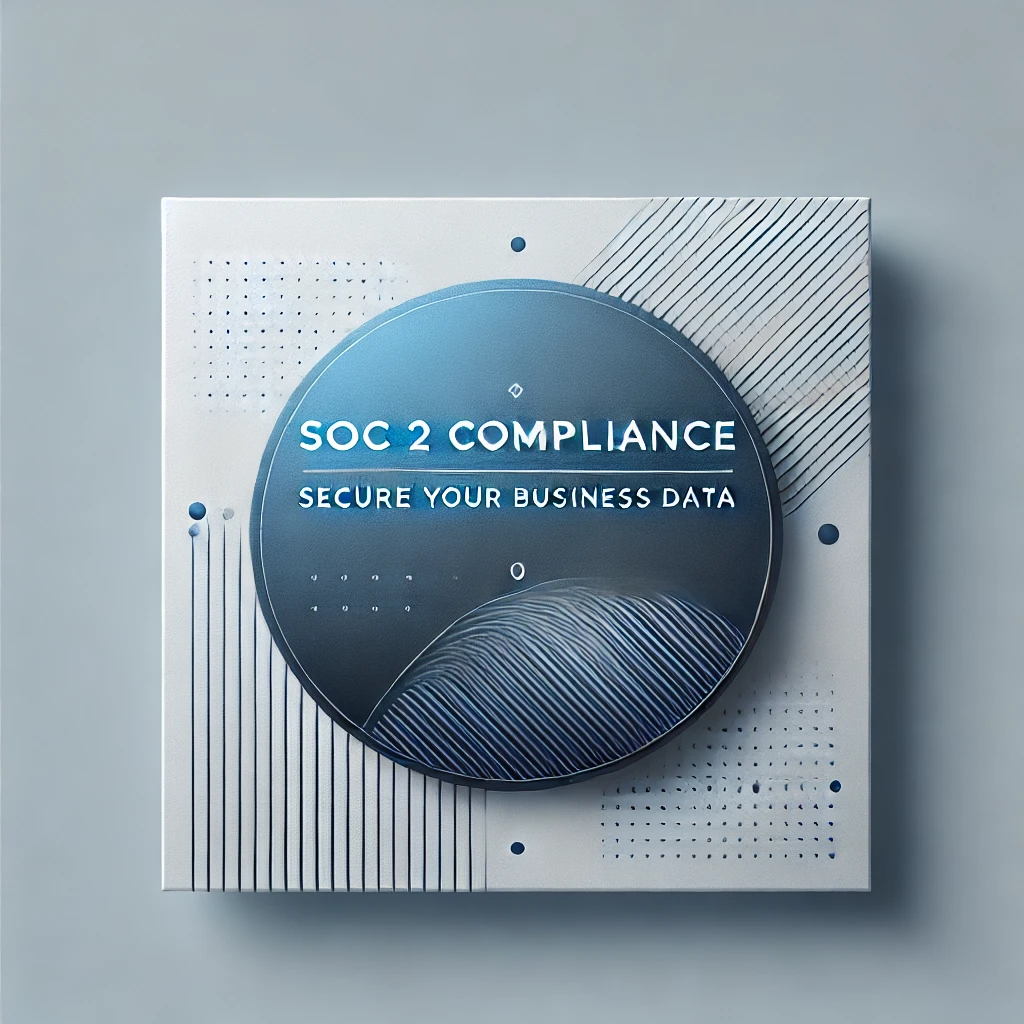In today’s digital age, data security isn’t just an option—it’s a necessity. With rising incidents of data breaches and growing privacy concerns, businesses of all sizes must show that they take data protection seriously. That’s where SOC 2 compliance comes in. But what exactly is SOC 2, why is it important, and who should care about it? This blog post will answer these questions and provide a comprehensive introduction to SOC 2, its benefits, challenges, and how to get started.
What Is SOC 2?
SOC 2, short for “Service Organization Control 2,” is a standard developed by the American Institute of CPAs (AICPA) to evaluate a company’s ability to handle customer data securely. It’s not a one-size-fits-all checklist but rather a customizable framework based on five “Trust Service Criteria”: security, availability, processing integrity, confidentiality, and privacy.
Essentially, SOC 2 assures your clients and stakeholders that your organization has the appropriate systems and controls in place to protect their sensitive data—whether it’s stored, processed, or shared.
Why Is SOC 2 Important?
Trust is the foundation of any successful business relationship, particularly for service providers that manage customer data. SOC 2 compliance is often a requirement for doing business, especially when working with enterprises or in industries where privacy and security are crucial. A SOC 2 report acts as a badge of credibility, demonstrating your commitment to security and privacy.
In a landscape where regulations are tightening, and customers are increasingly concerned about privacy, SOC 2 helps you stay ahead of the curve. It can also help you reduce risks, avoid costly breaches, and ensure your clients feel secure about your services.
Why Now?
You might be wondering why SOC 2 is such a hot topic right now. The answer lies in the rapid increase in cloud-based services and remote work. As more companies adopt cloud technologies, data flows across borders at a faster rate than ever, introducing more security vulnerabilities. SOC 2 compliance helps organizations strengthen their defense, mitigate risks, and maintain customer trust in this evolving digital ecosystem.
Who Needs SOC 2?
If your business stores, processes, or manages customer data—especially sensitive information—you should consider SOC 2 compliance. It’s particularly relevant for Software as a Service (SaaS) companies, cloud storage providers, and organizations in industries like healthcare, finance, and e-commerce. Simply put, if you handle customer data, SOC 2 is for you.
The Promises and Benefits of SOC 2
- Build Trust with Clients: A SOC 2 report gives your customers confidence in how their data is being managed.
- Gain Competitive Advantage: It helps set you apart from competitors that haven’t yet implemented industry-recognized security standards.
- Improve Internal Controls: The SOC 2 process pushes you to strengthen internal processes and security practices.
- Streamline Sales Cycles: Being SOC 2 compliant can help expedite the due diligence process for enterprise clients.
Challenges of SOC 2 Compliance
SOC 2 compliance is not without its challenges. It requires time, investment, and dedication to implement the necessary controls and policies. Some of the main hurdles companies face include:
- Understanding the Requirements: SOC 2 is a customizable standard, which can make it complex to decide which trust criteria apply to your organization.
- Implementing New Processes: Often, SOC 2 requires organizations to establish new workflows, which can lead to resistance from teams unfamiliar with the need for such rigor.
- Ongoing Monitoring: SOC 2 is not a “set it and forget it” process. Continuous monitoring is needed to ensure compliance remains intact over time.
How to Achieve SOC 2 Compliance
- Define Your Scope: Identify which of the five trust criteria are relevant to your business.
- Perform a Readiness Assessment: Review existing controls and policies to determine if they meet SOC 2 standards.
- Implement Necessary Controls: Put in place policies, procedures, and technical controls to address any gaps.
- Choose an Auditor: Work with a qualified CPA to conduct the audit.
- Continuous Improvement: SOC 2 compliance requires continuous monitoring and regular updates to ensure your organization stays compliant.
SOC 2 Compliance FAQ
- How Long Does It Take to Get SOC 2 Compliant? Typically, the process takes anywhere from three to twelve months, depending on your organization’s size and readiness.
- What Are the Types of SOC 2 Reports? There are two types: Type I, which evaluates your systems at a specific point in time, and Type II, which assesses their effectiveness over a period of time (usually six months).
- Is SOC 2 Mandatory? While not mandatory by law, many clients, especially enterprises, consider SOC 2 a prerequisite for doing business.
Final Thoughts About SOC 2 Compliance
Achieving SOC 2 compliance can be a daunting journey, but it’s an essential one for businesses looking to build trust, enhance security, and set themselves apart from the competition. In a world where data breaches and privacy issues dominate headlines, being proactive about compliance isn’t just good practice—it’s critical for long-term success.
Whether you’re just beginning your SOC 2 journey or are already on your way, remember that compliance is more than just an audit—it’s a commitment to maintaining trust and securing your customers’ data. Contact Us for more details.

